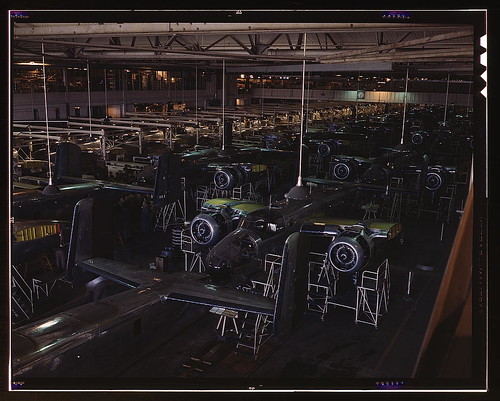Scholars have defined intrapreneurship in a variety of ways. In 1992, The American Heritage Dictionary acknowledged the popular use of a new word, intrapreneur, to mean "A person within a large corporation who takes direct responsibility for turning an idea into a profitable finished product through assertive risk-taking and innovation". Terms such as intrapreneuring (Pinchot, 1985), corporate entrepreneurship (Burgelman, 1983, Vesper, 1984; Guth and Ginsberg, 1990; Hornsby et al., 1993, Stopford and Baden-Fuller, 1994), corporate venturing (MacMillan, 1986; Vesper, 1990), and internal corporate entrepreneurship (Schollhammer, 1981, 1982; Jones and Butler, 1992) have been used to describe the phenomenon of intrapreneurship (Antonic and Hisrich, 2001). For instance, Stevenson and Jarillo (1990) defined intrapreneurship as a process in which individuals inside organizations pursue opportunities without regard to the resources they currently control, while Vesper (1990) defined it as doing new things and departing from the customary to pursue opportunities. According to Hisrich and Peters (1998), intrapreneurship is a spirit of entrepreneurship within the existing organization. Some of the definitions have been narrow and focused on large organizations to the exclusion of smaller organizations. Intrapreneurship is perhaps best understood as a form of internal entrepreneurship that takes place with the encouragement and support of management. An employee who takes responsibility for developing an innovative idea into a marketable product is known as an intrapreneur. Management consultants Gifford and Elizabeth Pinchot coined the term in 1976 and helped popularize the concept of intracorporate entrepreneurship in their pioneering book “Intrapreneuring: Why the companies don’t Have to Leave the Corporation to Become an Entrepreneur (1985)”.
In the past many companies have identified the values of Intrapreneurship and have setup internal organization whose main focus and purpose is to promote innovation amongst ranks, popular amongst all is the “Skunk Works” group setup at Lockheed Martin. The Skunk Works group was originally named after a reference in a cartoon, and was first brought together in 1943 to build the P-80 fighter jet. Kelly Johnson, later famous for Kelly's 14 rules of Intrapreneurship was the director of this group. Companies like 3M, Intel and Google also has a tradition of implementing Intrapreneurship in their organization.
